It is recommended to air dry the back of the sweatshirt to better protect the functional layer of the fabric and extend its service life. The special material and process of sweatshirt determine its drying method, mainly considering factors such as evaporation efficiency, antibacterial and deodorizing treatment, seam protection, coating maintenance, and elasticity preservation.
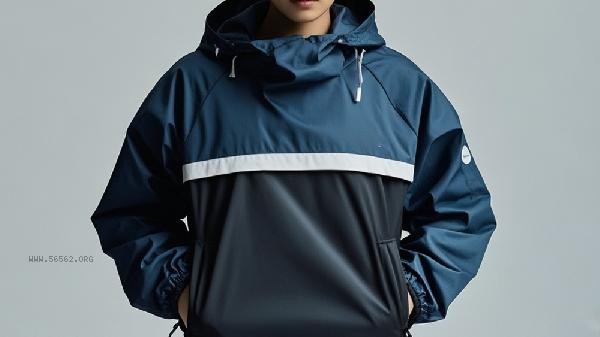
1. Evaporation efficiency
Drying on the opposite side can fully expose the inner moisture wicking fabric to the air, accelerating sweat evaporation. The inner layer of sweatshirt is usually designed with ultra-fine fibers or honeycomb structure, and the hanging on the back allows moisture to quickly dissipate from the fabric gaps, avoiding the outer waterproof film obstructing the discharge of moisture when facing outward.
2. Antibacterial and Odorous
The inner layer fabric in contact with the skin is often treated with antibacterial agents such as silver ions, and drying on the back can help inhibit bacterial growth. Sweat residue mainly adheres to the inner fibers, and drying on the back can better utilize antibacterial ingredients and reduce the probability of odor generation.
3. Joint protection
Anti drying can reduce wire aging caused by direct ultraviolet radiation at the joint. The compression bonding process used frequently in sweatshirts has internal seams, and reverse drying can prevent direct sunlight from decomposing the adhesive strip, preventing seam cracking during movement and affecting sealing.
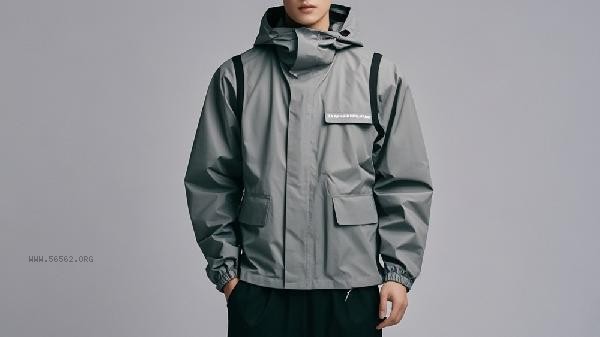
4. Coating Maintenance
The outer waterproof coating is not easily oxidized or degraded by sunlight during reverse drying. Long term exposure to sunlight can make waterproof membranes such as polytetrafluoroethylene brittle and peel off. Inverting and drying can reduce the damage of ultraviolet rays to the coating and maintain its waterproof and windproof performance.
5. Elasticity retention
Elastic fibers such as spandex are less likely to deform when dried in the shade on the opposite side. High temperature exposure can cause the elastic fibers to break. Drying the inner layer outward can reduce the direct sunlight area, and combined with shade drying can maximize the fabric's resilience.
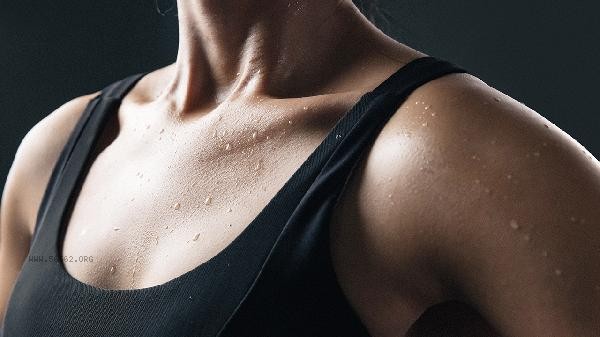
It is recommended to use neutral detergent and hand wash in cold water for daily cleaning of sweatshirts to avoid machine washing damaging the adhesive layer. When drying, choose a ventilated and cool place to hang on the back, and avoid high temperature drying or direct sunlight. Ensure complete dryness before long-term storage, and fold the inner layer outward to reduce creases. Regularly check the integrity of the adhesive in areas prone to wear such as armpits and waist, and clean them promptly after exercise to prevent sweat and salt from corroding the fibers. If a decrease in waterproof performance is found, professional anti splash water can be used for spraying and maintenance.


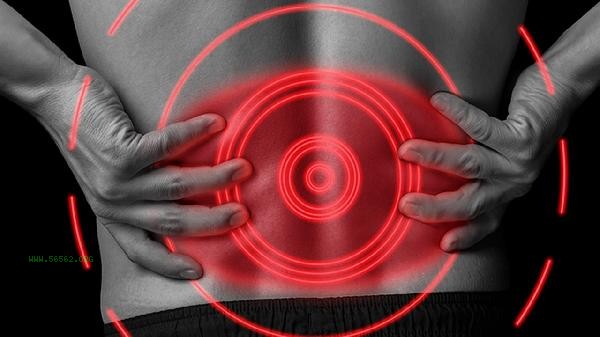
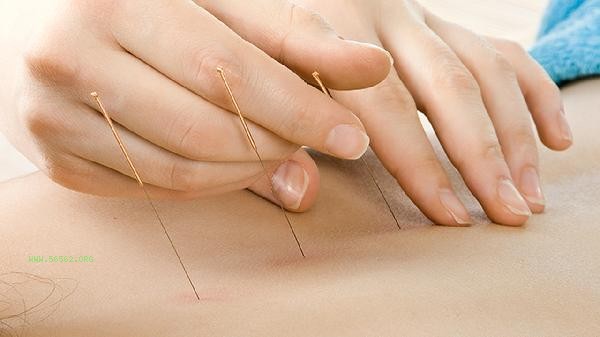




Comments (0)
Leave a Comment
No comments yet
Be the first to share your thoughts!